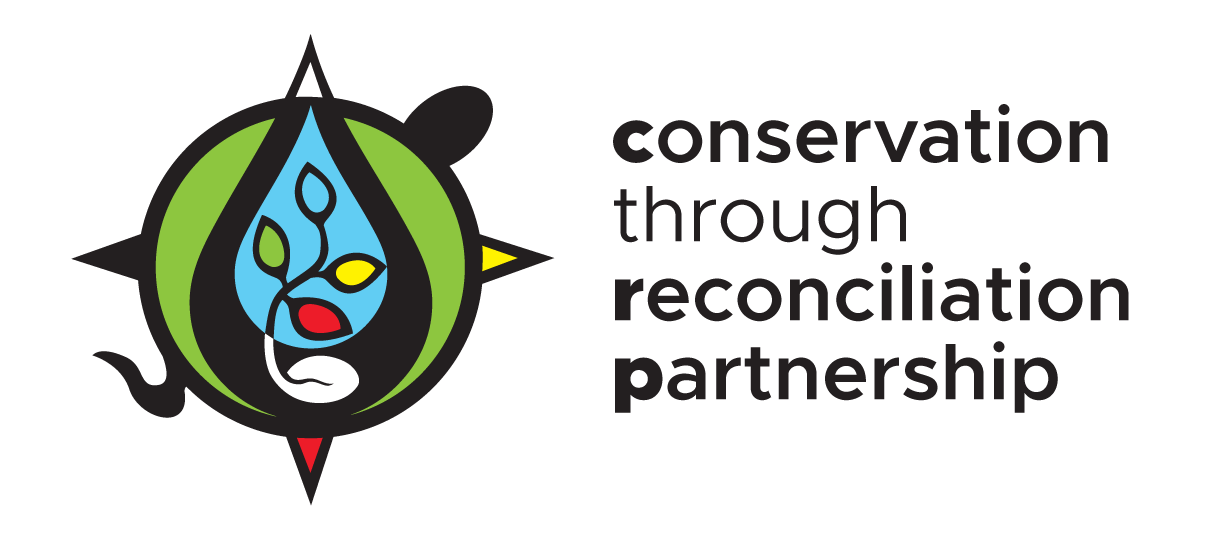“Take your maps and go!" From colonialism to consent in conservation”
By Larry Innes, CRP Research Lead, Domestic Law and Policy Stream
August 19, 2020
50 years ago, a delegation from Ottawa chartered a bush plane into the small and remote Denesǫłine village of Łutsël K’e (then called Snowdrift). Twenty one federal officials packed into the small band council office, and unrolled maps showing the boundaries of a new National Park on the East Arm of the Great Slave Lake, covering much of the territory that the community hunted and trapped for its livelihood.
Chief Pierre Catholique was furious. “How long have you been thinking about this park?” he asked. The officials said it had been in the works for over 10 years. “Why are you only coming here now to tell us your plans? Take your maps and go!” The bureaucrats left. The community organized, and Ottawa’s plan stalled.
Chief Pierre Catholique; Photo Credit: Lutsel K'e Dene First Nation ©
Several decades later, a much larger area than what the federal government had originally proposed was protected as Thaidene Nëné (“the land of the ancestors”). Thaidene Nëné is was officially designated as an Indigenous Protected and Conserved Area (IPCA) by Łutsël K’e, as a National Park Reserve by Canada, and as a territorial protected area by the Government of the Northwest Territories in 2019. Thaidene Nëné is now being managed under the terms of negotiated establishment agreements that expressly recognize the area as the homeland of the Łutsël K’e Denesǫłine, and the shared responsibilities of each party for the management and operation of the area in order to maintain ecological integrity and the Denesǫłine way of life.
This story is only one of many similar stories shared by the members of the Conservation through Reconciliation Partnership (CRP) as they untangle the complicated and conflicted history of conservation in Canada.
For over a century, Canada’s laws and policies for establishing national parks and game preserves were an inherently colonial enterprise. Parks were at least as much about the assertion of authority over Indigenous lands and excluding Indigenous livelihoods as they were about the protection of wildlife and important habitats. During this same period, Indigenous peoples were also being dispossessed by forestry, mining and energy developments that increasingly encroached on traditional territories. From the perspective of many Indigenous communities, conservation and development were two sides of the same colonial coin.
These policies and practices were in full force until 1990, when Canada was forced to acknowledge the priority harvesting rights of Indigenous peoples under s. 35 of the Constitution Act, 1982 by the precedent-setting Sparrow decision in the Supreme Court.
Over the last thirty years, a new conservation paradigm has been emerging from coast to coast to coast – from Gwaii Haanas to Tallurutip Imanga – as Indigenous peoples assert not only constitutional rights within Canada, but their own inherent authorities as self-determining Indigenous peoples under the United Nations Declaration on the Rights of Indigenous Peoples. These areas represent new models for establishing and operating protected areas that recognize, support and sustain Indigenous knowledge, jurisdiction and livelihoods, and for decolonizing relationships between Indigenous and settler communities.
One of the many streams for research and collaboration within the CRP is to explore the legal dimensions of this paradigm, and the opportunities for the transformation of conservation through domestic law and policy. This work is not only focused on the regulatory, institutional and political barriers to establishing IPCAs and decolonizing existing parks in different jurisdictions in Canada, but considers how policy innovations such as land trusts, shared land designations, and conservation finance can be used to help advance and accelerate IPCA establishment across Canada.
As Chief Catholique noted a half-century ago, decisions about protecting the land must be made together. Through the CRP, we hope to find ways for Indigenous and Canadian laws to operate together to create ethical space for conservation in Canada.


